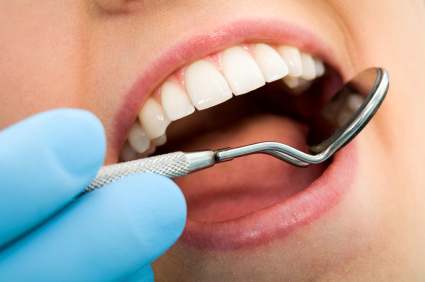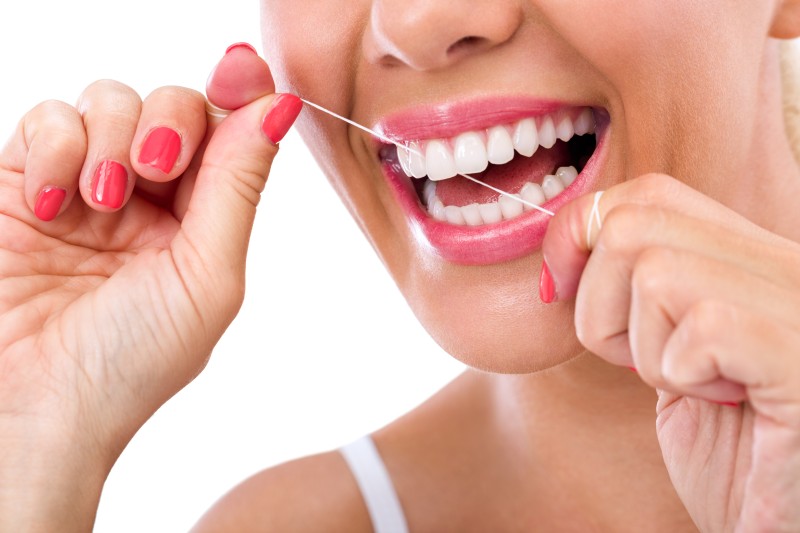If you do not avoid tartar buildup, nor care to eliminate it once it’s formed, you can suffer serious problems. These can range from periodontitis to permanent loss of teeth. Tartar is known as a hard, yellow-brown deposit that forms on teeth when plaque is not removed in time. Plaque is the sticky white substance that sticks to the teeth. It includes food scraps, waste particles and bacteria. If plaque is not removed by proper oral hygiene, it mineralizes and hardens into tartar. At this point, a visit to a Dentist in Keansburg will be necessary.
Tartar is a hard substance that adheres strongly to tooth enamel. Once formed, it can only be properly removed with a cleaning in a dental clinic. A scale has a roughened surface, which provides more particles from building up, prevents a vicious cycle from accelerating the formation of plaque deposits. Depending on where the plaque forms, two classifications follow:
* Supragingival (above the gum-line): This is the visible yellow or brown deposits that form on the tooth surface.
* Subgingival (below the gum-line): The scale that forms in periodontal pockets between the tooth and gum. Subgingival calculus is far more dangerous, mainly because it promotes faster growth plate and people are often not aware of having any problems. For instance, when a patient goes in for a Cosmetic Dentistry Procedure, they may initially find out they have an issue they didn’t know they even have.
Why is tartar so dangerous?
Tartar is dangerous because it encourages the growth of bacteria that attack teeth and gums. If we do not remove tartar, sooner or later you will suffer from gingivitis (gum inflammation). When our immune system is not able to remove these bacteria (which attack the teeth and gingiva), periodontitis occurs. Periodontitis seriously affects the tissues that support teeth and, if untreated, leads inevitably to the loss of teeth. At that point, a Dentist in Keansburg must be called to prevent further damage.
How do I know if I have tartar?
Unlike plaque, which is white, tartar is easy to detect (if it is above the gum line). If we see deposits of white or brown on our teeth and gums, you can rest assure that is tartar. The problem is when plaque builds up in the most inaccessible areas. The only sure way to detect calculus, and rid yourself of it, is to go see your local Dentist in Keansburg. Read more


